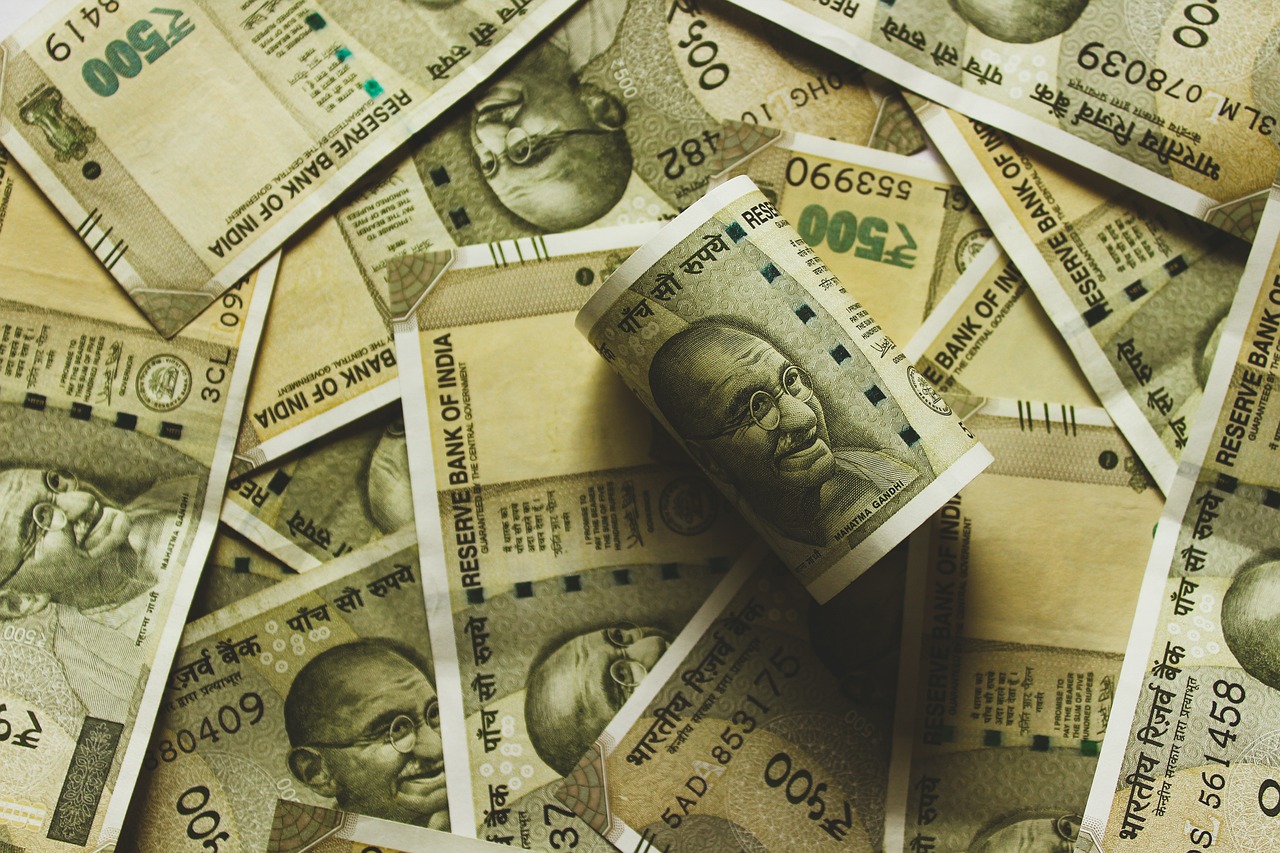Internationalization of Rupee

Background:
- The internationalisation of rupees is a process that involves increasing the use of the local currency in cross-border transactions.
- It involves promoting the rupee for import and export trade and then other current account transactions followed by its use in capital account transactions.
- In the 1950s, the Indian rupee was widely used as legal tender in the United Arab Emirates, Kuwait, Bahrain, Oman, and Qatar.
- However, the devaluation of India’s currency by 1966 led to the introduction of sovereign currencies in these countries to reduce reliance on the Indian rupee.
Linkage:
- U.S. Dollar (USD): The United States has the world’s largest economy, and its currency, the U.S. Dollar, is the most widely used and accepted international currency. It is widely used in global trade, held as a reserve currency by many central banks, and is often used in international transactions and contracts.
- Euro (EUR): The Euro is the official currency of the Eurozone, which consists of 19 of the 27 European Union (EU) member states. It is the second-most widely used currency in the world, especially in Europe and is also held as a reserve currency by some central banks.
- British Pound Sterling (GBP): The British Pound Sterling has a long history of international use due to the historical influence of the British Empire. While it may not be as widespread as the USD or EUR, it remains an important currency in international finance.
Current News:
- The Reserve Bank of India-appointed working group recommended the inclusion of the rupee in the Special Drawing Rights (SDR) basket and recalibration of the foreign portfolio investor (FPI) regime to accelerate the pace of internationalisation of the rupee.
- In March 2023, the RBI put in place the mechanism for rupee trade settlement with as many as 18 countries.
- Banks from these countries have been allowed to open Special Vostro Rupee Accounts (SVRAs) for settling payments in Indian Rupees.
- In July 2022, the RBI issued a circular on “International Trade Settlement in Indian Rupees”.
- RBI enabled external commercial borrowings in Rupees (especially Masala Bonds)
Impact:
- This can lead to increased convenience and reduced transaction costs for businesses and individuals dealing with India.
- Reduced Exchange Rate Volatility: When a currency is internationalized, its exchange rate tends to stabilize. The increased demand for currency in global markets can help reduce volatility, making it more predictable and reliable for international transactions.
- Geopolitical Advantages: Internationalizing the Rupee can enhance India’s geopolitical influence. It can strengthen economic ties with other countries, facilitate bilateral trade agreements, and promote diplomatic relations.








